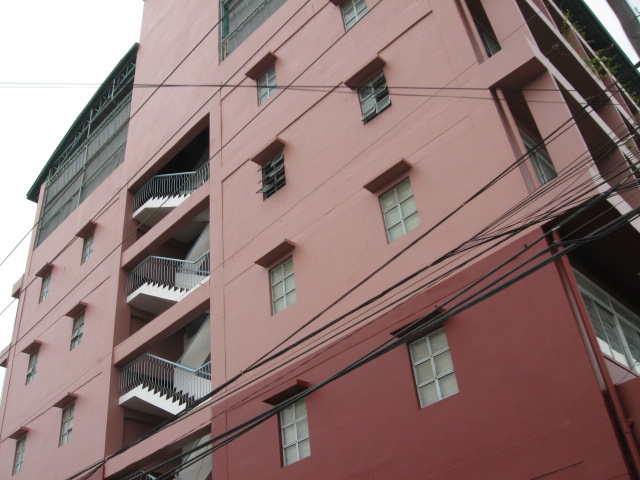 The image on the left is the institution where I'm studying right now. Let me tell you something about my college alma mater. The facts are based upon the MKD's student handbook.
The image on the left is the institution where I'm studying right now. Let me tell you something about my college alma mater. The facts are based upon the MKD's student handbook.
Established in the year 2002, the Mindanao Kokusai Daigaku (
The realization of the MKD is credited to the Japan-Philippines Volunteer Association (JPVA) which, has been assisting the Filipinos who are Nikkeijin (Japanese descendants) as early as 1980.
A philanthropist named Ayako Honda-Uchida initiated the construction of the college building by donating a substantial amount. She had dreamed of a welfare college after visiting the city several times.
The name "Mindanao Kokusai Daigaku" was registered with the Securities and Exchange Commission on April 18, 2001. The requirements imposed by the Commission on Higher Education (CHED) had been met. Furthermore, the ironing of essential operations and the preparation of necessary documents were done as the completion of the 6-storey building drew nearer.
 On February 13, 2002, the permits for Bachelor of Elementary Education (BEEd) majors in Early Childhood Education/Special Education and the Bachelor of Secondary Education (BSEd) with majors in General Science/Mathematics were issued by the CHED Regional Office XI.
On February 13, 2002, the permits for Bachelor of Elementary Education (BEEd) majors in Early Childhood Education/Special Education and the Bachelor of Secondary Education (BSEd) with majors in General Science/Mathematics were issued by the CHED Regional Office XI.
The issuance of the permits for Bachelor of Science in Social Services (BSSS), majors in the Care of Older Persons/Child Governance and the presently defunct Bachelor of Science in Community Development (BSCD) came next on May 10. On the other hand, the permit of the so-called "specialization of MKD" which is Bachelor of Science in International Studies (BSIS) major in Japanese Language and Studies was issued on May 20. The issuance of courses' permits happened just before the MKD's formal opening.
 On June 3, 2002 the portals of Mindanao Kokusai Daigaku opened and ready to accept high school graduates and baccalaureate degree holders. A total of 63 students became pioneers of the MKD, 23 males and 40 females. The college's formal grand opening occurred last June 10, 2002. It was followed by three packaged tours of Japanese students, teachers and vacationers in August.
On June 3, 2002 the portals of Mindanao Kokusai Daigaku opened and ready to accept high school graduates and baccalaureate degree holders. A total of 63 students became pioneers of the MKD, 23 males and 40 females. The college's formal grand opening occurred last June 10, 2002. It was followed by three packaged tours of Japanese students, teachers and vacationers in August.
The school year 2002-2003 started with 11 full-time staff and administrators cum faculty and six part-time members. They worked on policies, manuals, curricular or extra-curricular activities, and the regular classes in addition to the entertainment of Japanese visitors.





2 comments:
great articles you have here. Keep up the awesome work.
!!! Sugoi !! my dream school!
Post a Comment